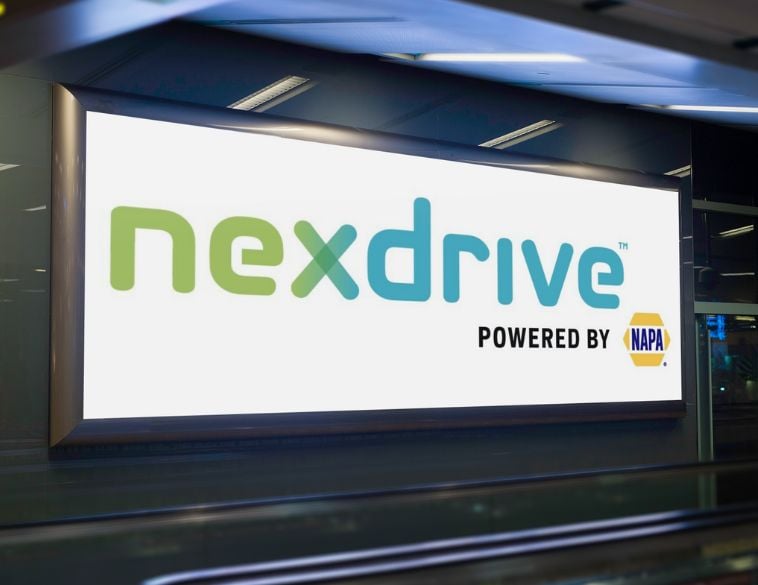Harness the power of a brilliant landing page to maximize your ROI.
Although you’ve worked hard to ensure you covered your bases when it comes to an optimized website for your customers, there still may be a monumental gap in what you are paying in-market to drive customers to your website, and the “landing pages” they arrive at.
You see, your website is void of landing pages! Many of you are saying, “Hold up, Brent, I have plenty of pages on my website capable of converting customers when they land on those pages.” You sure do—the issue is most of those pages, if not all, are not optimized to truly convert customers. Let me explain.
Landing page defined
According to Neil Patel, one of the world’s foremost experts on the subject, the true definition of a solid landing page is “any webpage where you send visitors, to initiate a conversation or close a deal. Effective landing pages are often standalone web pages with a single focus; a call to action pointed at your target audience landing pages are designed to only receive campaign traffic.”
Now let’s break that down to understand that definition against a page on your website:
You send visitors to your website every day. You’re sending them there to initiate those conversations, build leads and sell them on the services only your dealership can deliver. Many in our industry say, repeatedly, that we need strong VDP (vehicle display pages) to turn that traffic into leads. We build them, new car VDPs, new and used inventory pages all with the “single focus and call to action” to close on leads.
Look at your VDPs right now. Do they have one message, one button, one call to action to ensure success? No. Most are littered with buttons, links and “calls to action” that consistently distract the shopper from the core information they need. How do we clean up a VDP or landing page to best serve our business needs?
Back to basics
Take a VDP from your website, tear it all down to its base and rebuild looking at the following:
- You need a real headline! – “New (insert make/ model here) offers in Hamilton” sucks. It’s old-school SEO and it’s an awful first impression for the visitor. You need to validate the visitor’s interest and keep their attention. A great headline should be short, attention-grabbing and should inform the visitor what the product is all about. Play with this, trying unique or quirky statements. If you have mere seconds to engage with the visitor, something out of the ordinary may be the right play.
- A Strong sub headline – Grab their attention with an engaging headline; keep them on the page with a strong sub-headline. Usually, these can be found under the headline, reinforcing the headline by going a bit more in-depth on the product in question or validating the decision to visit in the first place. Play with the position of the subheadline, place it above the headline on some pages, below on others.
- Video – Consumers love leveraging video to assist in their research phase. Use video to help them understand the value of your products and services. Read that last sentence very carefully. “Help them understand the value of YOUR PRODUCT or SERVICE.” Do not just throw videos created by the manufacturer on your landing pages. Take the time to feature the people and products in your dealership. What an incredible opportunity to differentiate from your competitors!
- Smart copy – You have a lot to say, so how do we keep it short and sweet? Remember, if consumers visit an OEM site at the beginning of their research phase they are getting all the core information you don’t have to repeat. So, when building your smart copy remember the following guideposts:
- An Explanation – Make sure it’s benefit-oriented. It can be tied into your Headline or Sub Headline or isolated on its own in the page copy. Keep the explanation straightforward, no need for a lot of creative writing here. This is a great area to explain the actual offer in simple details.
- Pain/Pleasure Points – There are several factors on both pain and pleasure points that have people searching for a vehicle. Ensure you touch on both in your copy as people are prone to avoid pain and look to gain pleasure. Play to the emotional part of the buying process and ensure you touch these critical emotional triggers.
- Testimonial – We know the power of a good testimonial. Throw one into your copy area to close the loop on your copy. Better yet, try to find a customer who can not only give a great review of the business but of THE CAR THEY BOUGHT. This should be near the single “Call to Action” that will tie the page together.
- Close with a killer call to action – This is the most critical element of any great landing page. Screw this up and all your work is for naught. Again, let’s hear what Neil Patel says are his best practices for closing the page out with a strong CTA:
- Make it big. Generally speaking, the bigger the better.
- Make your copy compelling. The actual CTA copy is the most significant copy on your entire landing page. Don’t use the word “submit.” Instead use something explosive, exciting, and persuasive.
- Use a button. Users have been trained to expect the CTA to be a button. Do not attempt to force back years of expectation by using something other than a button. Stick with the tried and true. People know what to do when they see a button.
- Use a contrasting colour. Your landing page has a colour scheme. Now, whatever colour you use on your CTA, make it different. At the most basic level, your CTA needs to possess colour. And, to make it stand out, that colour needs to contrast from the other colours on the screen. Contrasting colours help to attract the eye and compel the click.



